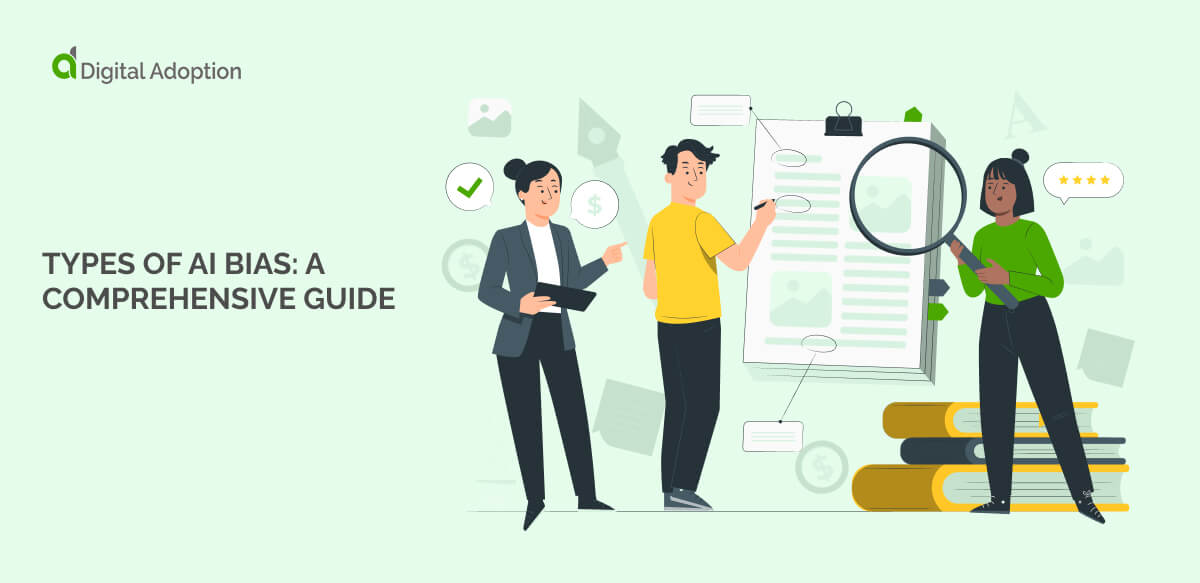In this article we will look at a data mining meaning, why data mining matters, and how it is impacting the business landscape.
Data Mining: Meaning and Applications in Business
What does data mining mean and where does it fit into the data science pipeline?
The key to understanding this term comes from the word “mining.”
In this case, it refers to the extraction of patterns in large datasets. Data mining is a subdiscipline of data science, machine learning, statistics, and database systems.
Data mining is also a stage in the data science pipeline, which is the multi-stage process that includes:
- Obtaining data. This is where data mining comes into play. Data is collected from a wide range of sources, which include everything from the web to physical sensors. Naturally, the data that is collected should be relevant to the business problem being addressed.
- Cleaning data. Unstructured data, or raw data, can include a range of irrelevant material. Data formats can also be incorrect. Some data may be missing. And all of this requires that data be “cleaned.” This process may not sound exciting, but it is a necessary step in the data pipeline.
- Exploring data. To learn more about what patterns and values the data might have, data scientists can explore that data through visualizations, charts, graphs, and similar tools.
- Modeling data. This refers to the creation of rules-based models with machine learning or deep learning algorithms. Those models can then be used for tasks such as prediction or recommendation.
- Interpreting data. Data must tell a story in order for it to make sense and be applied. This means connecting the dots between data, translating patterns into actionable information, and using that information to guide the business.
Fundamentally, the data science pipeline is intended to use data-driven methods to answer business questions.
Data is collected, analyzed, and used to inform business decisions, make predictions, answer specific questions, and otherwise guide businesses.
The Business Benefits of Data Mining
Here are a few examples of how data mining and the data science pipeline can be used in practice:
- Web data can be combed and patterns can be extracted that offer insights into product trends, which can help commercial companies create more profitable products and services
- Brands can monitor the sentiment of their customers and use that to inform decisions around PR, products, customer service, and more
- Commercial companies can evaluate historical shopping data to, for instance, predict buying patterns around holidays, seasons, and major events, which can help companies make better decisions around inventory, pricing, sales, and so forth
- Process mining can offer insights into how employees are using digital tools, and that information in turn can help business managers and leaders create more efficient processes
In short, the data science pipeline is primarily used to solve a specific business problem. Once an organization has defined their business problem, they obtain, clean, model, and interpret their data. The insights gained can offer a significant competitive advantage when used properly.
TikToK is a famous example of a company that used data and deep learning to generate a major edge over its competitors. In January 2020, for instance, it was beating all of its major competitors on Google Play, including WhatsApp, Facebook, Instagram, and Facebook.
The secret lay in TikTok’s recommendation engine. By continually mining user data and understanding what users were looking for, TikTok was able to keep users engaged longer, which is what led to the app’s exponential growth.
One of the important takeaways here is that data mining alone is not enough.
This example demonstrates how digital transformation and data-driven practices can fuel major competitive advantages in the marketplace. And it is certainly true that access to large amounts of data is necessary to generate significant advantages such as the one TikTok has enjoyed over its competition.
But data mining is only one piece of the puzzle. It is equally important to extract patterns from that data, create useful models, and understand how to apply that data appropriately.
Building a Data-Driven Organization
Building an effective data science pipeline requires effort and dedication.
To actually take advantage of data in a business setting, it is important to:
- Implement data-driven methods. Unsurprisingly, data-driven business methods use data to gain insights and informed decisions. An organization must implement data-driven methods in order to actually take advantage of and extract value from data. However, the data maturity of many organizations is far from advanced. It is important to take a structured approach to data, while also following some of the other tips mentioned below.
- Build a data-driven organization. Data permeates today’s business world. Organizations often have more data than they are actually using. To make the most of the data at your disposal, it is important to inculcate a culture that values and leverages data. This means, among other things, breaking down silos between departments, democratizing data, building a data-driven culture, and ensuring that employees are well-trained.
- Dedicate resources to data-driven operations. To become a fully mature organization, you will need to hire the right people, invest in the right data tools, and create a mature data management department. To also be necessary not only to implement data-driven processes, as mentioned above, you also need to incorporate data into your business strategy.
These are just a few examples of the ways you can begin to use data in your organization. For more information, check out this article on the key role of data in digital transformation.













